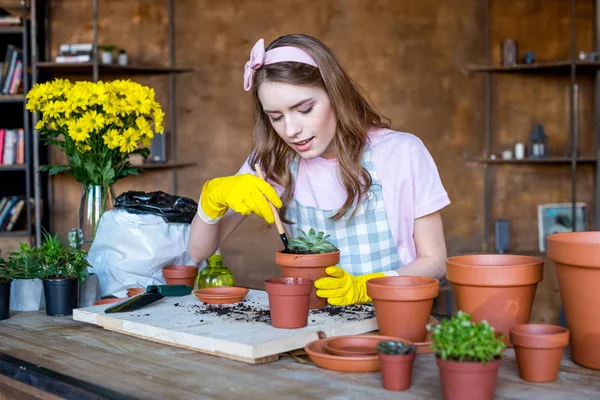
“We don’t stop playing because we grow old we grow old because we stop playing.” That classic George Bernard Shaw line suddenly feels so relevant today because Gen Z is living it out in the most unexpected ways. The meme-loving, micro-trend-dancing, digitally savvy generation is going hard on hobby pursuits long relegated to the retiree crowd, and transforming them into lifestyle declarations.
It’s not quirky nostalgia alone. These activities formerly regarded as “old person fun” are being rediscovered as wellness gadgets, art forms, and even displays of quiet resistance to burnout culture. From shared meals to crafting, the overlap is transforming the way young people use their leisure time.
Here’s a closer look at eight retiree-endorsed activities that are fast becoming Gen Z’s favorite for happiness, community, and a slower, more deliberate way of life.

1. Social Dinners as Glue for Community
Aging retirees have long enjoyed lingering over dinner with family or friends, but Gen Z is rewriting the playbook and bringing back the enchantment of eating together. Whether it’s potlucks, brunch clubs, or wild Friendsgiving spreads, the practice of communal eating is a cultural reboot.
A study by the University of Oxford’s Professor Robin Dunbar discovered that eating together fosters more social bonding, happiness, and support networks. Across the world, evidence from the Gallup World Poll indicates that eating even one meal per week can dramatically increase life satisfaction ratings. In an age when one in four Americans consumes all meals by themselves, Gen Z’s use of social dining is revolutionary and profoundly healing.

2. Games That Spark Joy
From bingo games to puzzles, retirees have long understood that play sharpens the mind and keeps the spirits high. Gen Z is taking that insight and flipping it over into Dungeons & Dragons campaigns, board game café meetups, and marathon trivia nights.
Play reduces stress, fosters imagination, and reinforces social connections, according to psychologists. As witnessed in Japanese parks, where elderly folks meet up every day for games of Go, viewing play as a requirement rather than an indulgence can be a foundation of health communities. Gen Z’s spin? Merging analog play with digital organization, building hybrid environments where people connect.

3. Journaling for Mental Clarity
Even though they live on screens, Gen Z is mad for handwriting. Bullet journals, mood trackers, and pretty notebooks are clogging up TikTok. This is a reflection of retirees’ years-long histories of diary or gratitude journaling.
Dr. James Pennebaker’s seminal studies on expressive writing found that it could enhance emotional and physical well-being, decrease stress, and even decrease doctor visits. Whether a daily diary or occasional in-depth excursion, journaling provides a physical means of emotional processing something Gen Z is embracing early on as self-care and identity exploration.

4. Gardening as a Grounding Ritual
Retirees have long dug in the ground for comfort, but now Gen Z is grabbing a shovel as well. In 2024, more than 60% of Gen Z boosted gardening expenditure, with 50% of them spending 50% more time growing plants than they did the previous year, says EARTHDAY.ORG.
Urban rooftop gardens, pollinator gardens, and hydroponic systems are changing the face of gardening for younger generations. Beyond the sustainability factor, slow-growing plants deliver a mental health bonus a way to recalibrate the perception of time in an increasingly fast-paced world.

5. Thrifting as Sustainable Style
What retirees once called secondhand shopping, Gen Z now brands as “curated vintage.” While older generations thrifted for savings, young shoppers are driven by aesthetics and sustainability. The secondhand market is projected to hit $64 billion by 2029, outpacing fast fashion.
This trend bridges values between generations: retirees value practicality, Gen Z values eco-friendliness. The adventure of treasure seeking whether for an old-school denim jacket or out-of-print vinyl is what draws both sides back.

6. Walking as Social Fitness
Morning mall strolls and evening paseos are not only easy exercise they’re social rituals. Gen Z has rebranded them into “hot girl walks,” group treks, and urban walking tours.
Activities such as Heart Foundation Walking identify the ways in which group walks enhance cardiovascular well-being, lower the risk of depression, and promote supportive groups. Younger walkers have the added benefit of playlists and social meetups through platforms like Twitter and Facebook.

7. Book Clubs with a Viral Twist
Once a hobby of retirees with idle time, book clubs are now popular due to BookTok. The hashtag has amassed more than 107 billion views, boosting bookstore sales and reviving style. Publishers observe that no less than fifty percent of weekly best sellers are BookTok books.
For Gen Z, reading is not a solo activity anymore it’s a social sport. Conversations tend to go beyond the storyline to identity, values, and cultural commentary, much like the deeper connections retirees have always known through shared reading.

8. Crafting as Digital Detox
Knitting, crocheting, woodworking these tactile hobbies are booming among Gen Z. Sales of cross-stitch patterns and needlecraft canvases nearly doubled in 2024, according to the Wall Street Journal.
Experts like UCLA’s Tiffany Ho explain that repetitive, hands-on activities mimic mindfulness meditation, lowering cortisol and boosting serotonin. For a generation battling digital fatigue, crafting offers both creative satisfaction and a break from constant connectivity.

Gen Z’s adoption of retiree activities isn’t merely a weird cultural mashup it’s a calculated reclaiming of happiness, connection, and headspace. By slowing down, they’re not pulling away from contemporary life they’re redefining it. And in doing so, they’re demonstrating that some of the wellness trends at their best aren’t new at all they’ve just been lingering for a new group to take up.


